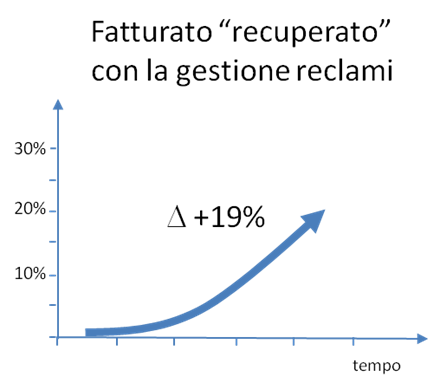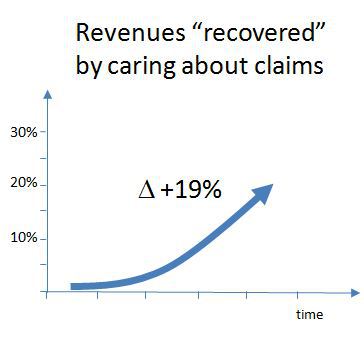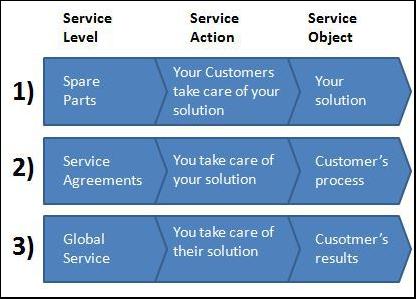
|
Queste 2 semplici metriche aumentano il tuo fatturato.
|
|
i Pensierini Notturni di Business Exploration® |
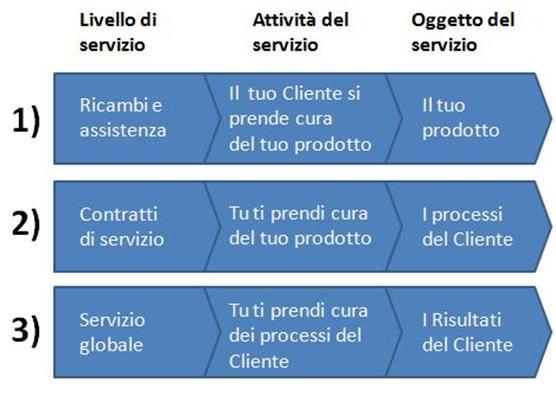
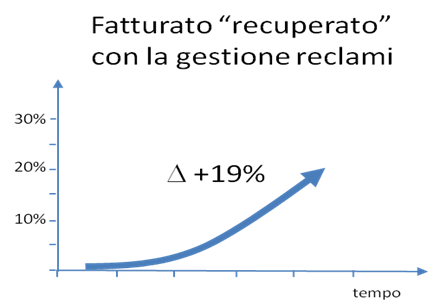

|
Business Exploration
London: +44 7491 164 097 Milan: +39 02 8719 8498 Florence +39 349 648 2225
Info@business-exploration.com
P.Iva: IT 05998900483 © 2016 - all rights reserved
|
|
Addresses:
16 Perham Road - W14 9ST - London - UK c/o IF-Milano - Coworking space - via Torre, 29 - 20143 - Milano via 8 marzo, 22 - 50051 - Castelfiorentino - Tuscany - Italy
Check out our 8-days Marketing Coaching Program
|
|
Ti serve una mano per fare il Piano Marketing? |

|
Richiedi gratis il manuale: Roadmap to Market
e scopri il nostro Metodo
Soddisfatto o Rimborsato
|
|
Our Newsletter reaches 2200 professionals in 47 nations, with the ambition to offer alternative points of view and a relax break to our readers. |

(english version at end of page)Non sono ovvie, ma queste 2 semplici metriche fanno aumentare il tuo fatturato.
Far leva sul post-vendita per aumentare le vendite, si può,se si tengono d’occhio 2 metriche semplici, ma non ovvie.Caro Collega, Talvolta la soluzione ce l’abbiamo sotto il naso, ma non la vediamo. Questo è quello che spesso ci capita di vedere nelle aziende industriali: e ci dimentichiamo che abbiamo in casa un tesoretto: i nostri clienti. Non li stiamo trascurando, tutt’altro: facciamo in modo che i nostri servizi Sappiamo bene che per mantenere fidelizzato il cliente,
Quello che non tutti stanno facendo è vedere il Service come un generatore di fatturato e non di costi. Non è così in tutti i settori industriali. Nella componentistica per l’ industria petrolchimica ci sono aziende Ma cosa fanno di diverso queste aziende, rispetto a chi cerca la Soddisfazione del Cliente? Tengono sott’occhio due metriche, La prima metrica è: “il numero di reclami”. Tutti vogliamo che i reclami siano il meno possibile: Quello che non tutti fanno è: vedere quanti Clienti che “reclamano”, Più reclami (non risolti) = meno fatturato In KONE (ascensori) alcuni anni fa hanno scoperto che ogni reclamo non risolto Un fatturato che doveva essere riconquistato sul campo, Ci sono altri importanti effetti collaterali nel sottovalutare i reclami e tutti possono essere collegati puntualmente a essi: Chi non può farlo, smette di pagare. E quando sollecitiamo il pagamento Per non parlare del danno di immagine e del passaparola negativo. Non stupisce quindi che aziende più evolute mettano la metrica di: 1) “perdita di fatturato a seguito di reclami” come una delle principali metriche a livello aziendale. Ma la gestione dei reclami deve essere ridisegnata con l’ obbiettivo di trattenere i clienti. Così facendo KONE, per esempio, in pochi anni ha portato questa metrica dal 25% al 6%. Un aumento del fatturato del 19%!
La seconda metrica è: “il fatturato aggiuntivo”. Ogni volta che possiamo venire in contatto con il cliente, Nel Service questo non è scontato. Macchina installata = Fatturato service In Finder Group, qualche anno fa, hanno scoperto che – volendo – Bastava assicurare che ogni occasione di contatto col cliente Capirne gli obbiettivi permette di passare da un servizio post vendita : 1) in cui il Cliente si prende cura dei nostri prodotti, 2) a uno in cui ci prendiamo cura dei nostri prodotti, 3) fino a quando ci prendiamo cura delle attività del Cliente,
L’ obbiettivo di fatturato del nostro Service quindi si allarga, fino a comprendere attività non direttamente correlate alla nostra flotta installata, 2) “vendite aggiuntive in periodo di garanzia” sono un indice molto sensibile della attenzione alla “vendita” Sono ancora poche le aziende che mettono la crescita di fatturato La verifica di queste 2 metriche: 1. la perdita di fatturato a seguito di reclami 2. il fatturato aggiuntivo creato in periodo di garanzia permette realizzare quanto possiamo ancora ottenere Con il team di Hyndra abbiamo sviluppato una metodologia di implementazione collaudata. Chiamaci per saperne di più: ————————————— Autori: Gisella Conca, Fabio Robbiati, Andrea Magaldi, Flavio Tosi In collaborazione con Hyndra – Consulting, Milano Hyndra è una società di consulenza che ha fatto della “gestione del reclamo” Potete contattare gli Autori, senza impegno allo: 02 8719 8498 In omaggio, riceverete l’ estratto del “Caso KONE”, descritto nel libro:
————————————————- Dear Fellow Innovator, Sometimes we are staring at the solution, but we do not see it. This is what happens in industrial companies, trying in every way to “sell” more, We are not ignoring them, quite the opposite: We know that we have to ensure satisfaction to maintain loyal customers But doing so, we look at Service as a Cost Not all the industrial sectors behave like this. Some of them have increased the total service turnover from 10% to 50%. All this while “new equipment” has one digit margins and But what these companies do, different than those seeking Customer Satisfaction? They keep an eye on two metrics, The first metric is: “the number of complaints”. Everybody wants that complaints are as low as possible: What not everybody does, is to check how many Clients who “claim”, LESS COMPLAINTS (unresolved) = MORE TURNOVER A few years ago, KONE (lifts) found that each unresolved complaint while it would be much easier to avoid to lose “existing” customers. There are other important side effects in underestimating complaints Not only: the customer “does not come back”. Often canceals orders Those customers that can not do it, stop paying. And when we solicit the payment, 1) “loss of revenue as a result of complaints” as one of the key metrics across the enterprise. The handling of complaints must be redesigned with the goal of retaining customers. In this way, KONE, has brought this metric from 25% to 6% in few years. ———————————————– –
The second metric is: “the additional revenues” Every time we interact with our customers, we have an opportunity to sell. Actually, there are additional revenues connected to a customer’s contact. In Finder Group, a few years ago, they found that they could do more. It was sufficient to ensure that every opportunity was seen Understand the goals, allows you to expand the after sales service from one in which: 1) the customer takes care of our products, to one where: 2) we take care of our products, to ensure customer operations, to end up into one where: 3) we take care of customers business, sharing their results.
The our Service Goals then, will have to include activities not directly related to our installed fleet. Capturing this “extra” sales requires an “active” sale, in some way difficult to appreciate. How much the extra revenues are about the seller and how much except during the warranty period. Here “everything is due” to the customer. This is the reason why, warranty claims end up being played among “manufacturing” and “post-sale”and no one wants to bear the costs. During the warranty period, there are only cost – not sales. This is why: 2) “Additional sales warranty period” Is a very sensitive index of the attention to “sale” that we are capable of, in the remaining life of our product. The focus on sales, combined with a careful planning moments for listening to customers over the life of the product, and to careful management of the fleet installed, creates both a flow of opportunities for new orders and an increase in the average margin due to the increased partnership with the customer. There are still few companies that put sales growth the verification of these 2 metrics: 1) the loss of revenue as a result of complaints allows you to touch what we can still get from our customers portfolio, avoiding the market uncertainty and resisting competition. ————————————– Let me know your feedback here:
|
